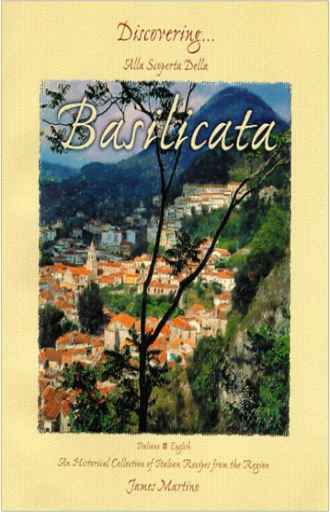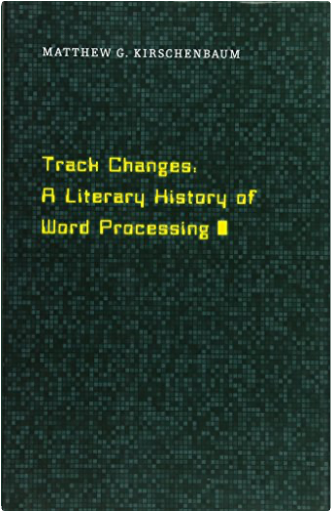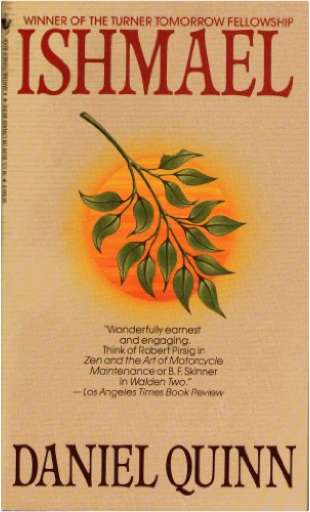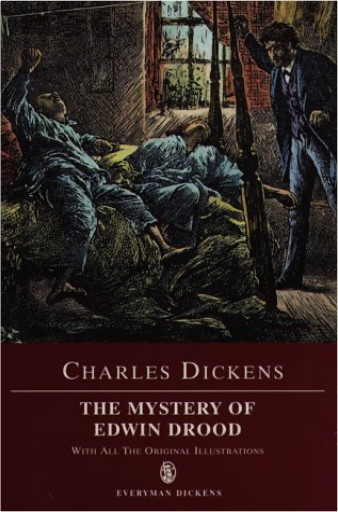 Discovering (Alla Scoperta Della) Basilicata: An Historical Collection of Italian Recipes from the RegionJames Martino Discovering (Alla Scoperta Della) Basilicata: An Historical Collection of Italian Recipes from the RegionJames Martino Discovering Basilicata uncovers this little known region of Southern Italy, formerly known as "Lucania." The focus of this softcover book is the ancient cuisine of the area, dating back to the Middle Ages, with discussions of some of the prominent towns and locations, including photographs. Basilicata is a region from which thousands of Italians migrated to the United States around the turn of the 20th century, yet has been overshadowed by the more high profile cities and resorts in Italy. The author became aware of the region when he visited there in 1996 to pay homage to his maternal grandmother. The book is presented in both Italian and English to add to its authentic nature and to encourage its readers to learn a little bit about another language.  Radical Technologies: The Design of Everyday LifeAdam Greenfield Radical Technologies: The Design of Everyday LifeAdam Greenfield A field manual to the technologies that are transforming our lives  Guide to the Lakes: The Fifth EditionWilliam Wordsworth Guide to the Lakes: The Fifth EditionWilliam Wordsworth First published in 1810 as an anonymous introduction to a book of drawings, this book was later published as a separate volume, and had gone through 5 editions by 1835. De Selincourt's 1906 edition is reproduced as a guidebook to the landscape in which Wordsworth set so much of his poetry, with an introduction, appendices, and notes textual and illustrative. The text contains complete poems and four contemporary illustrations.  Track Changes: A Literary History of Word ProcessingMatthew G. Kirschenbaum Track Changes: A Literary History of Word ProcessingMatthew G. Kirschenbaum The story of writing in the digital age is every bit as messy as the ink-stained rags that littered the floor of Gutenberg’s print shop or the hot molten lead of the Linotype machine. During the period of the pivotal growth and widespread adoption of word processing as a writing technology, some authors embraced it as a marvel while others decried it as the death of literature. The product of years of archival research and numerous interviews conducted by the author, Track Changes is the first literary history of word processing.  Fly The W - Offical Book of the Chicago CubsPhil Barnes, Chicago Cubs Gary Cohen Fly The W - Offical Book of the Chicago CubsPhil Barnes, Chicago Cubs Gary Cohen Brand New book published by the Chicago Cubs in April 2017 regarding their 2016 World Series Championship Season.  Point It: Traveller's Language KitDieter Graf Point It: Traveller's Language KitDieter Graf point it is a passport sized traveler's picture dictionary containing photographs of 1,200 items grouped in to categories such as food and drink, accommodations, transportation, automobiles, entertainment, nightlife and health. Its contents reflect the things that a traveler could need anywhere in the world, with images ranging from rickshaws and samosas through croissants and cheese to every type of toilet in use in the world today. The first edition was published in 1992. Now in its sixth edition, i t has sold 450,000 copies to date. point it was used by the Dutch Olympic tea m in Nagano, Japan, by patients with linguistic difficulties and is standard issue for Swiss UN surveyors.  The Herbal Tea Garden: Planning, Planting, Harvesting & BrewingMarietta Marshall Marcin The Herbal Tea Garden: Planning, Planting, Harvesting & BrewingMarietta Marshall Marcin The Herbal Tea Garden: Planning, Planting, Harvesting  IshmaelDaniel Quinn IshmaelDaniel Quinn A series of philosophical conversations between a man and a great ape ultimately ask the question, ""To whom does the earth belong? "" Reprint. NYT.  Mystery of Edwin DroodCharles Dickens Mystery of Edwin DroodCharles Dickens A tale of entangled loves and thwarted desires,THE MYSTERY OF EDWIN DROOD(1870) has at its heart an ill-starred engagement and a suspected murder,the victim of which has disappeared.Dickens's last novel is the natural culmination of his life's work.It is populated by memorable characters such as the fatuous Mr Sapsea and the bullying ' philanthropist'Mr Honeythunder,and it exhibits Dickens's dazzling talent for atmosphere and social observation.Various attempts have been madeby authors such as Leon Garfield(1980) and C.Forsyte(1980) to resolve the mystery at the heart of this,Dickens's intriguing unfinished masterpiece.  We Die Alone: A WWII Epic Of Escape And EnduranceDavid Howarth We Die Alone: A WWII Epic Of Escape And EnduranceDavid Howarth We Die Alone recounts one of the most exciting escape stories to emerge from the challenges and miseries of World War II. In March 1943, a team of expatriate Norwegian commandos sailed from northern England for Nazi-occupied arctic Norway to organize and supply the Norwegian resistance. But they were betrayed and the Nazis ambushed them. Only one man survived—Jan Baalsrud. This is the incredible and gripping story of his escape.  Always Dream Hardcover Signed by Kristi YamaguchiKristi Yamaguchi Always Dream Hardcover Signed by Kristi YamaguchiKristi Yamaguchi Always Dream Hardcover Signed by Kristi Yamaguchi [Hardcover] [Jan 01, 1998] Kristi Yamaguchi ...  Efficiency and Equity of Climate Change PolicyCarlo Carraro Efficiency and Equity of Climate Change PolicyCarlo Carraro Efficiency and Equity of Climate Change Policy is a comprehensive assessment of the economic effects of climate change policy, addressing the issues with a quantitative modelling approach. The book thus goes beyond the usual statements on the efficiency of economic instruments to identify the way gains and losses are distributed; who gains and who loses. Both the costs and benefits of climate change policies are analyzed. Most papers also provide useful information on the economic features of the Kyoto Protocol, its possible extensions, and the effect of different implementation strategies (such as the debate on emissions trading ceilings). |
 Made with Delicious Library
Made with Delicious LibraryDenver, CO zipflap congrotus delicious library Tolva, John
